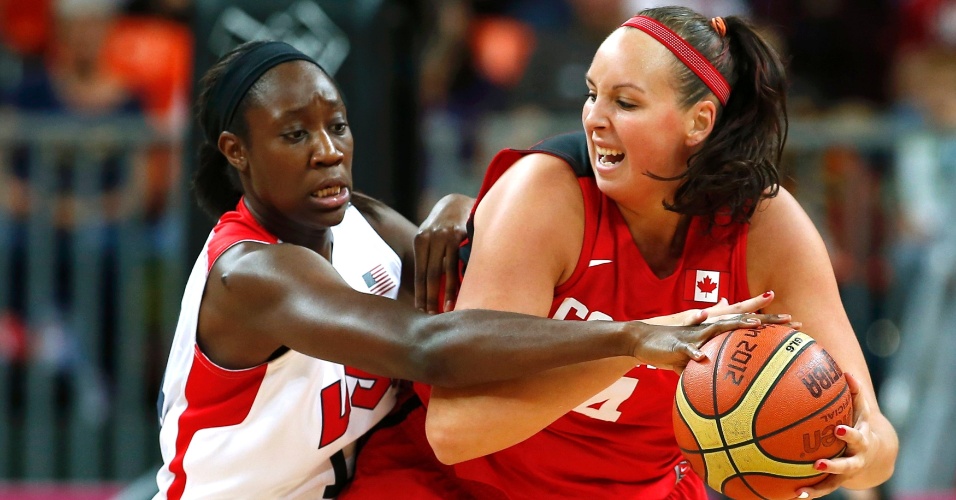As with other languages that have spread around the world, we discover in class French that French cultural and colonial influence created a Francophone community (in French, La Francophonie) with over 136 million native speakers worldwide. Therefore, it is fair to say that there are several “French” in the world, such as French Canadians or Cameroonians.
If you include people who speak French as a second language, the total number of speakers worldwide exceeds 500 million. Moreover, more than 200 million people use it as a foreign language and French is an official language in 30 countries.
Most native speakers live, of course, in France, Belgium, Switzerland, Monaco and Canada, especially in the province of Quebec and minorities in Ontario. And it is this group of aboriginal Canadians and their “version” of French that we are going to talk about today.
After all, there is a very pertinent question, similar to the relationship between Portuguese in Portugal and Brazil: is Canadian French the same as French in France? But first, we need to answer another question.
Is there standard French in Europe?
When talking about the differences between the French spoken in Canada and what would, in theory, be the “French d’origine” spoken in France, it is assumed that there is a pattern from which all the variations have emerged. In fact, it is possible to say that the French spoken in the world derives from that spoken in France.
However, it is not correct to say that there is, nowadays, only one way of speaking to the country of the Eiffel Tower. Differences in grammar, spelling and pronunciation abound between regions. A native of Normandy, for example, speaks a completely different French from that of a Parisian.
Characteristics and curiosities of Canadian French
The French spoken by Canadians has its own characteristics and curiosities. The first is that the French language was first consolidated in Canada, and only later in France. But how? It sounds confusing, but here’s the explanation.
At the time of French colonization in Canada, French was only spoken by a quarter of the population as their mother tongue in the European country. Most people spoke regional dialects such as occitan and Breton. It will take several decades for French to consolidate as the language taught in schools and, therefore, as the official and most widely spoken language in the country.
On the other hand, the settlers who arrived in Canada mainly came from regions more exposed to French, which accelerated the linguistic unification of the colony.
Another aspect is that Canadian French is more like the language spoken in France in the 18th century than European French itself. This happened because in 1759 the British conquered Canada, causing the two variants to evolve differently. Currently, French is one of the two official languages of Canada, alongside English.
Differences between Canadian and French
In terms of grammar, spelling and pronunciation, it is possible to find differences between the two language variants. Among them is vowel nasalization, which occurs much more strongly in Canadian French compared to European French. This difference can be explained by the influence of English on the speech of Canadians from the 18th century.
indigenous influence
Languages are living entities, which change over time and through contact with different peoples, languages and cultures. Just as Brazilian Portuguese is full of words and the influence of native accents, so is Canada.
Many people forget it, but the country was the territory of the original tribes as well as the rest of the American continent. The words Quebec and Toronto themselves are aboriginal and mean “where the river narrows” and “where there are trees sticking out of the water” respectively.
The presence of indigenous words is observed, in particular, in the names of animals. Bass, tomcod and muskellunge are fish named by local tribes. Wolverine (little bear), caribou (reindeer) and bullfrog (toad) are other examples.
Vocabulary
Between France and Canada, there are also discrepancies between the words to represent the same thing. For example, “boyfriend” in Canadian French is “chum”, while in French it is “petit-ami”. The girlfriend, on the other hand, is respectively “blondie” and “girlfriend”.
After all, is Canadian French the same as French in France?
The answer to the main question of this text is: no. Treated as variants of the same language, the French spoken in France and in Canada have distinct evolutions and notable differences.
It’s like North American and British English, or Brazilian and Lusitano Portuguese. Due to a series of factors, these languages have undergone changes that cause them to be considered variants and, therefore, have different nomenclatures. However, we still speak only one language, French. The variants may not be the same, but they have the same origin and have far more similarities than differences.
Featured photo: Reproduction.

“Evil pop culture fanatic. Extreme bacon geek. Food junkie. Thinker. Hipster-friendly travel nerd. Coffee buff.”






:strip_icc()/i.s3.glbimg.com/v1/AUTH_da025474c0c44edd99332dddb09cabe8/internal_photos/bs/2024/x/2/N6XJkFRYWxJY6hAeUEtw/betty2.png)
